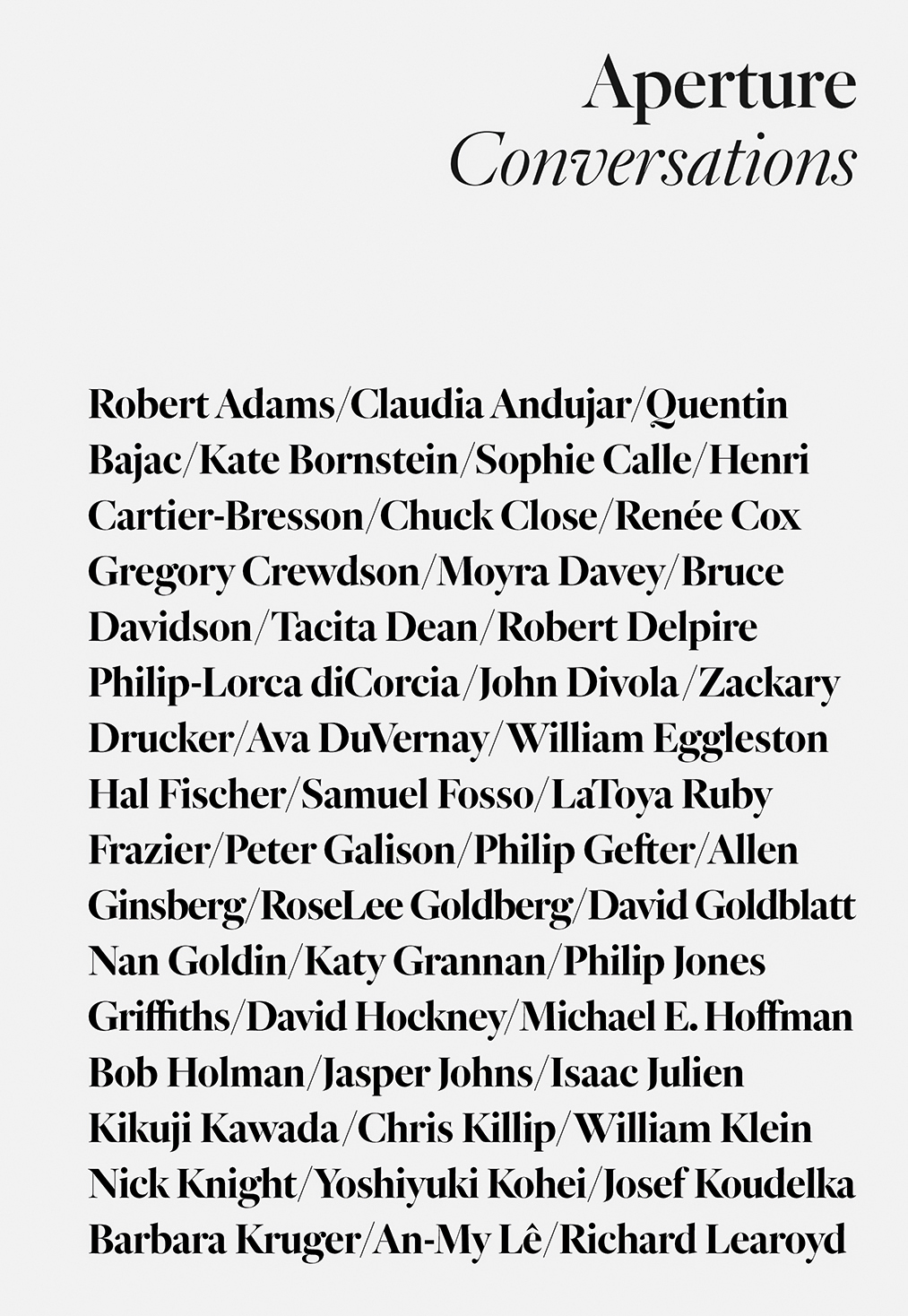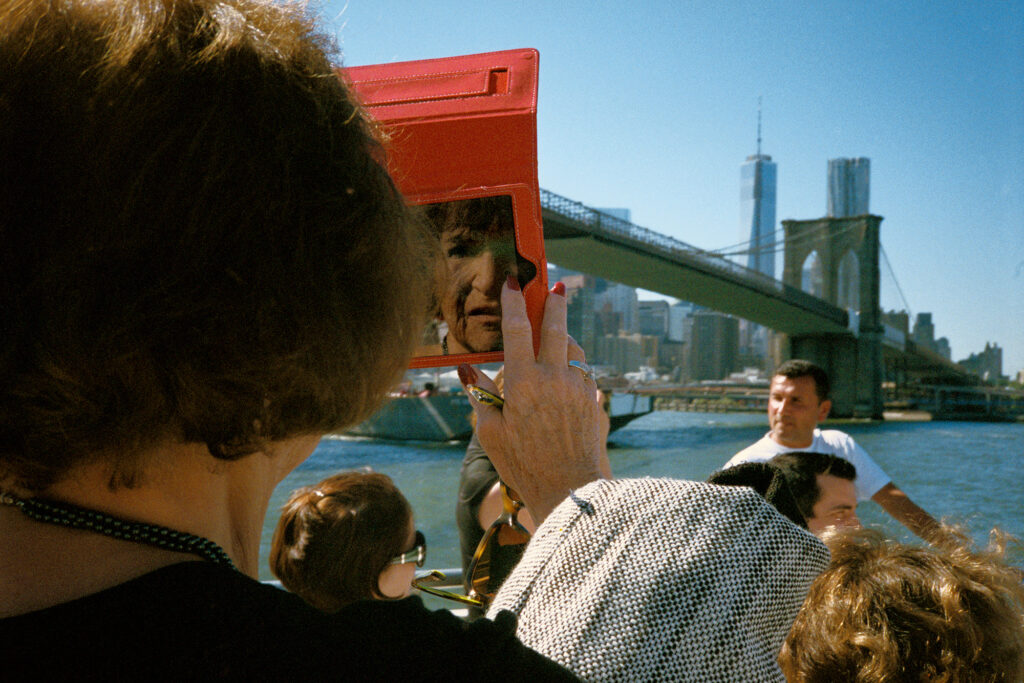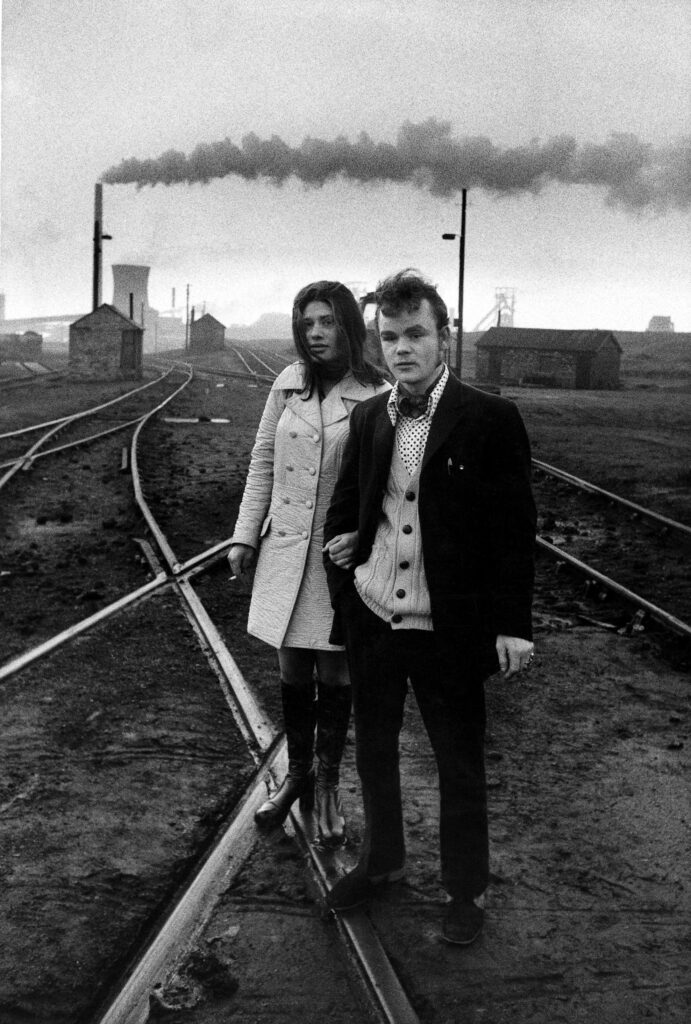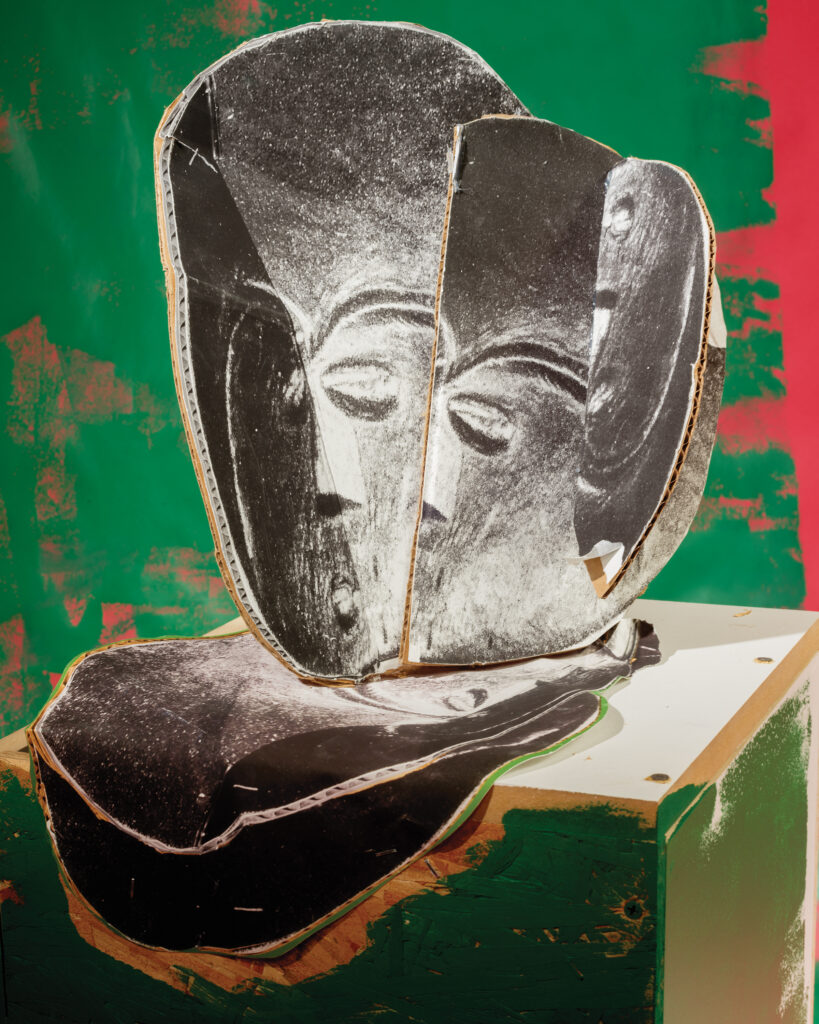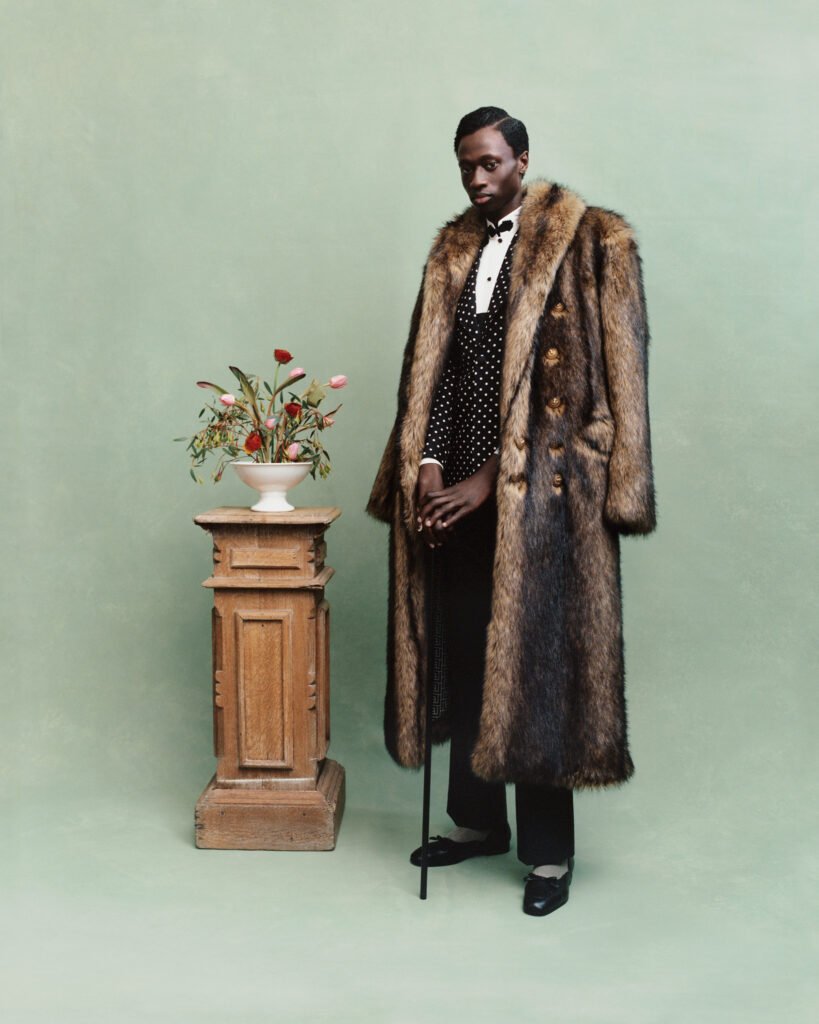
Courtesy the artist/Amazonas Images
Interviews
Sebastião Salgado’s Vision of the Human Condition
The late photographer documented labor, migration, and the Earth’s fragile ecosystems with empathy and visual power.
Sebastião Salgado, the Brazilian documentarian renowned for his searing black-and-white images capturing humanitarian crises, industrial labor, and environmental destruction, passed away on May 23, 2025, in Paris, at the age of 81. Initially trained as an economist, Salgado transitioned to photography in the 1970s, and dedicated his life to documenting global social issues, all with empathy and uncommon visual power. Aperture had the privilege of publishing several of Salgado’s books throughout his career, including An Uncertain Grace (1990), Workers: An Archaeology of the Industrial Age (1993), Migrations: Humanity in Transition (2000), and Other Americas (2015).
Salgado’s work had an indelible impact on documentary photography, sometimes arousing debate and raising fundamental questions about the power relationships inherent in the field. Even so, his images endure as vivid records of a turbulent and fragile world. In 2014, Melissa Harris spoke with Salgado on the occasion of his exhibition, Genesis, at the International Center of Photography. The traveling show focused on the natural world and outlined how engaged photography was for Salgado a way of life. —The Editors

Courtesy the artist/Amazonas Images
The timing for the opening of Sebastião Salgado’s eight-years-in-the-making, epic project Genesis (2004–2011), on view at the International Center of Photography from September 19 to January 11, 2015, could not be more ideal or inspiring. With both a UN Climate Summit and a People’s Climate March (expected to include an unprecedented number of participants) also taking place in New York within the next week, Salgado’s exhibition, curated by his wife Lélia Wanick Salgado, is a call to action. Salgado—who has focused on poverty and starvation in his work in the Sahel, child refugees and migrants, the struggle of the landless peasants in Brazil, the end of manual labor, and the displacement of the world’s people at the end of the twentieth century—does not consider himself an activist. Rather, he said to me simply, “I am a photographer. Photography is my life, and my way of life.”
And yes, he is first and foremost a photographer, committed to rendering our quickly evolving world as he experiences it. His view is infused with empathy and a deep engagement with his subject. With Genesis, which was published as a book in 2013, for the first time he has focused on animals and the landscape, as well as people who are still living as they lived for centuries. In his book, From My Land to the Planet (2014), Salgado writes of Genesis: “I wanted to recount the dignity and the beauty of life in all its forms and show how we all share the same origins. . . . For me, it has nothing to do with religion, but indicates that harmony in the beginning that enabled the diversification of the species: this miracle of which we are all part.”
Speaking with him for thirty minutes or so during the final stages of the exhibition’s installation, his sense of wonder and his belief in the planet’s resilience resonate passionately. His prognosis for humanity? Well, he’s more circumspect . . . but still hopeful. What follows are a few excerpts from our conversation. —Melissa Harris
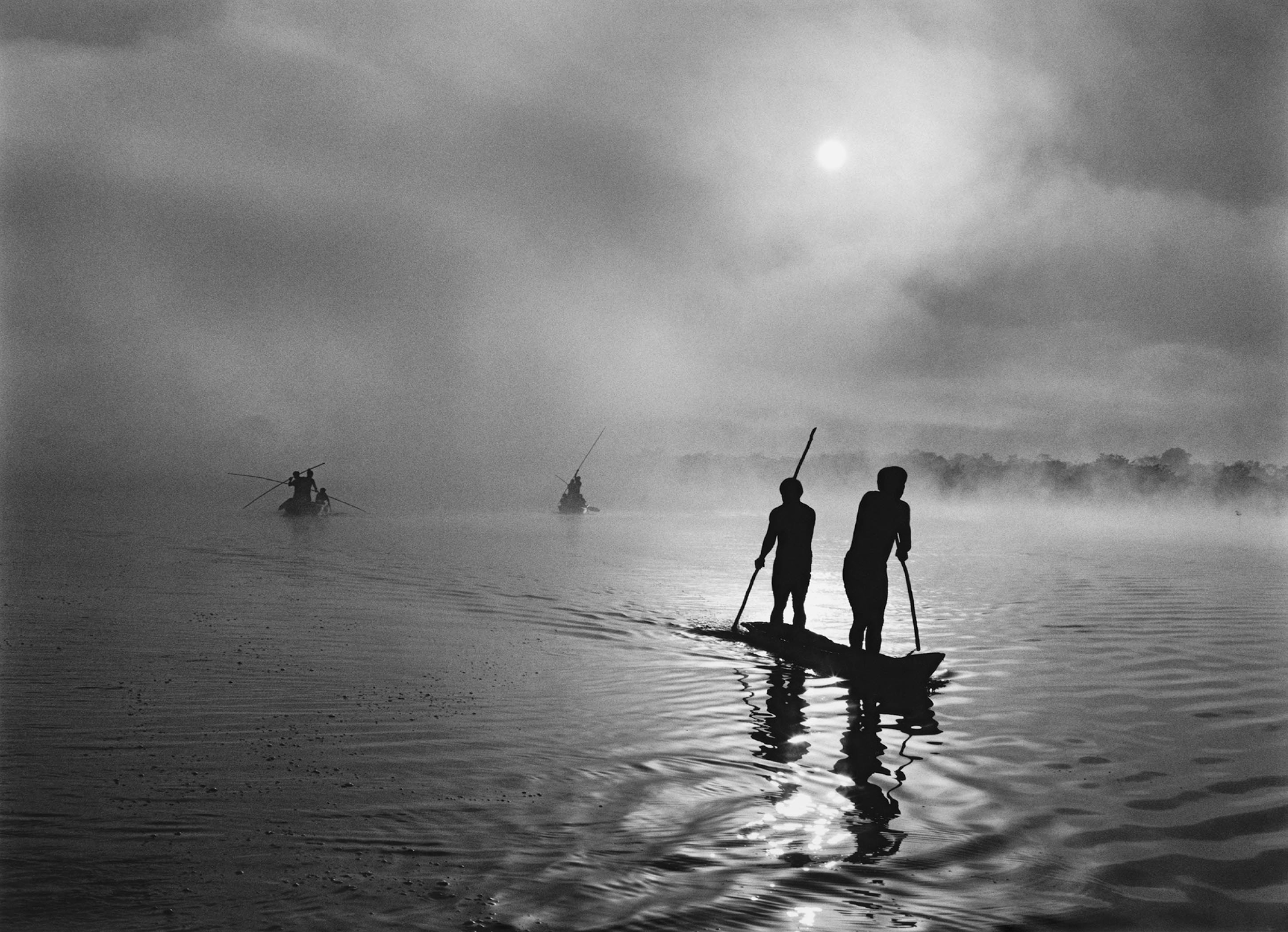
© Amazonas Images, Courtesy Peter Fetterman Gallery
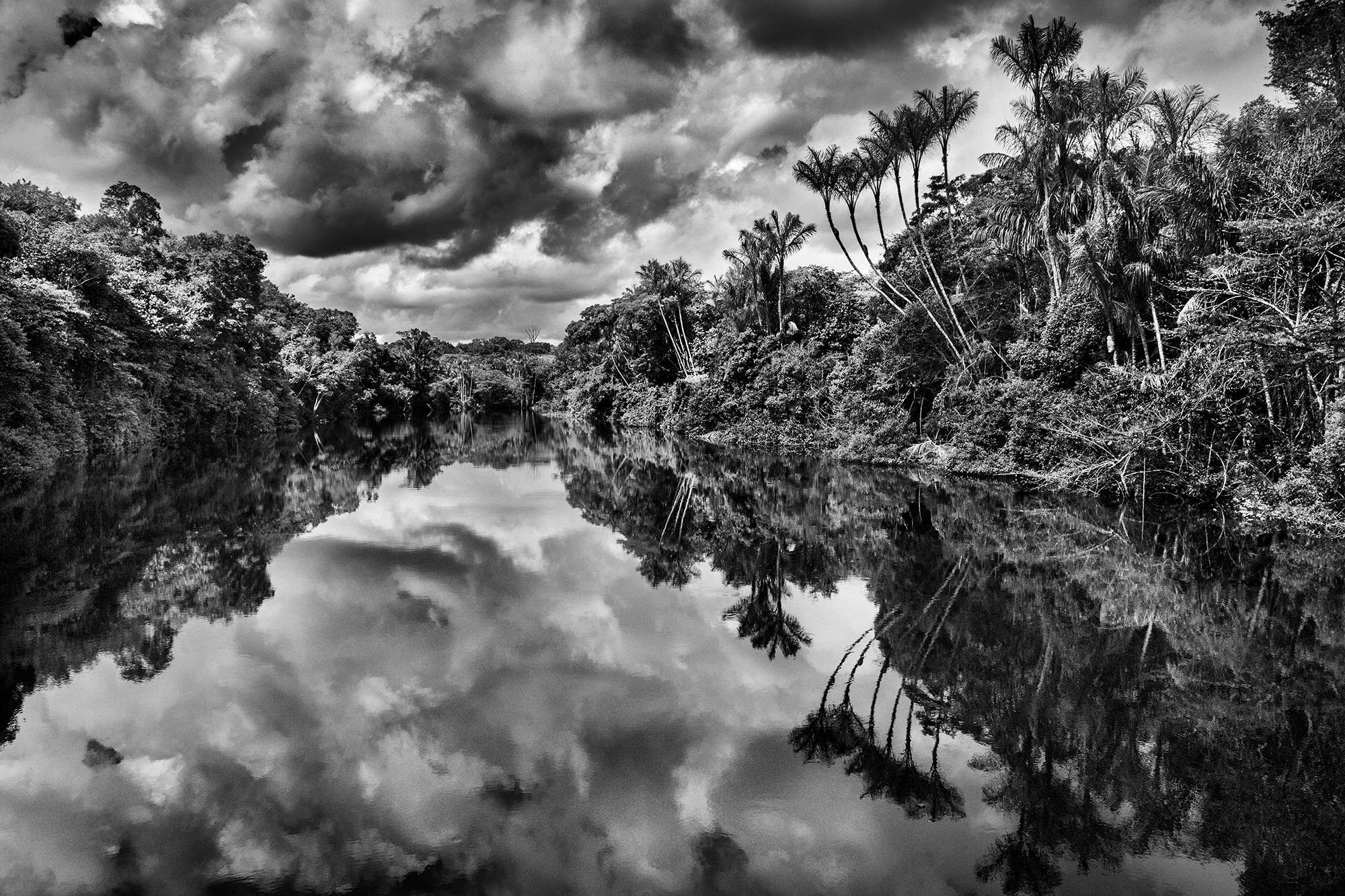
© Amazonas Images, Courtesy Peter Fetterman Gallery
Melissa Harris: I’m looking at the reforestation project you and Lélia did in Brazil through your [nonprofit organization] Instituto Terra on the land your parents gave you, where you planted over 2.5 million trees and really reestablished the whole ecosystem. Were you thinking about ecosystems with Genesis?
Sebastião Salgado: These are macro ecosystems. These are huge regions of the planet that are, in a sense, with a certain equilibrium. In this section of the show, all this is Africa. Africa we cannot say is just one ecosystem. But it is a macro region of the planet. If you go from one ecosystem to the other, to the other, to the other, it creates a huge movement of ecosystems—and so you understand it in a more macro way. I made nine trips to Africa in order to get these pictures, working from the desert in the south of Africa to the Sahara Desert in the north of Africa, and working in between in Ethiopia, in Zambia, in Botswana, in Namibia . . .
We had another chapter in the north of the planet with an entirely different group of ecosystems, because I worked in the Kamchatka in Russia; worked on Wrangel Island, north of Siberia; worked with the movement of reindeers in the north of Siberia also, in the Yamal Peninsula; worked in the Brooks Range in Alaska; worked in Canada, the border of Canada and Alaska on the Pacific side; worked in the United States in the Colorado Plateau.
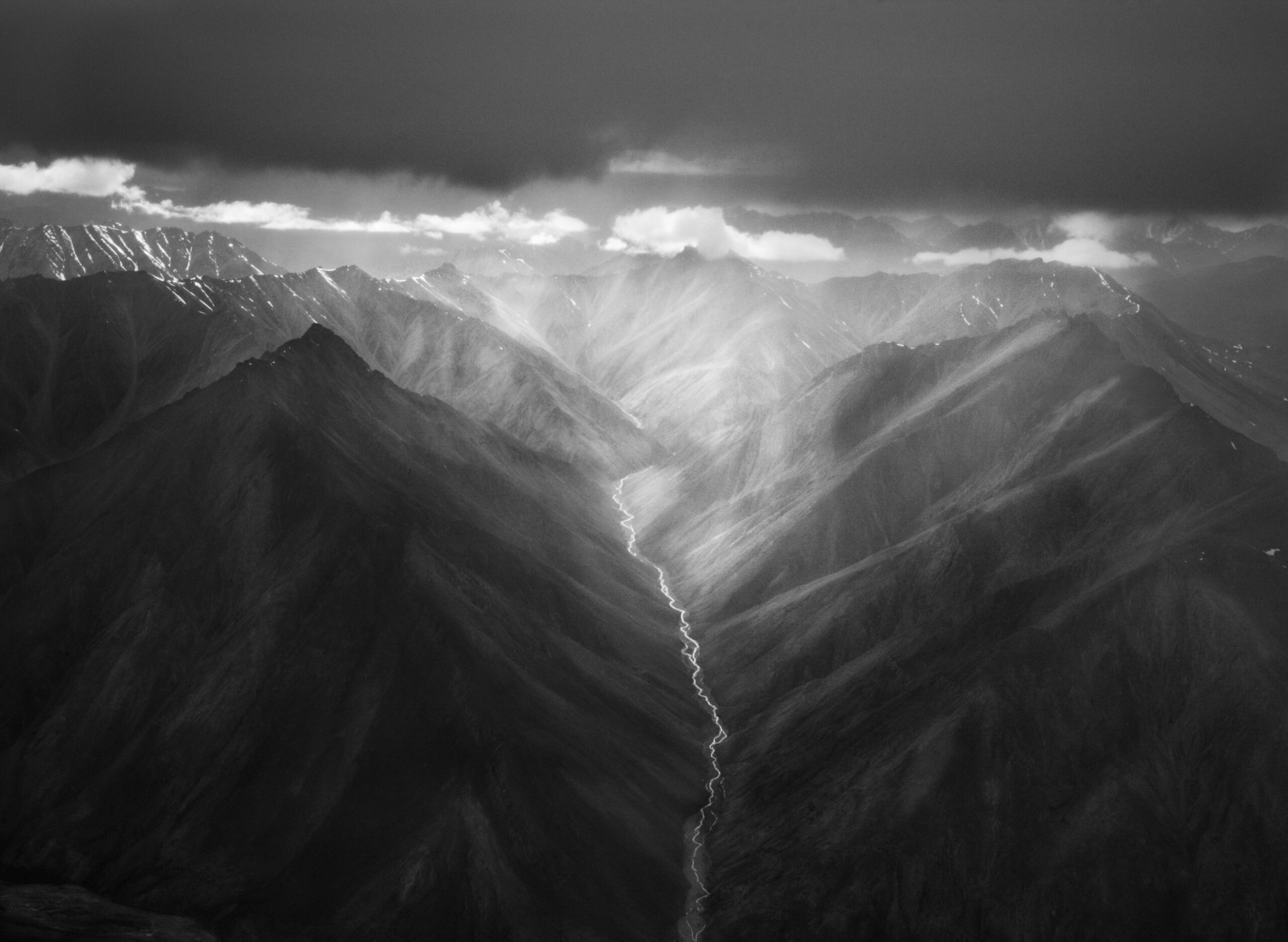
Sebastião Salgado, Eastern Part of the Brooks Range, Alaska, United States, 2009
© Amazonas Images, Courtesy Peter Fetterman Gallery
Harris: What happened to you in this process? Did you experience something you hadn’t experienced before?
Salgado: Incredible. For me, it was incredible, this thing. I did eight years of trips, eight months a year. I went to thirty-two regions or countries. But the big trip that I did was inside myself. I discovered that I am part of all this, that I am part of the animals. That we are part of everything alive in the planet. We are part of this huge equilibrium. You know? For me, it was the most important thing.
We came out of the planet. We must go back to the planet. And I went back to the planet. I thought before, being human, that I was part of the only rational species. That’s a big lie. Because each species is deeply rational inside its own species. We are all—the mineral species, the vegetable species, the animal species—we are all the same. We have the same life. We are all alive.
Once I was with a scientist here in the United States in this incredible chain of mountains—the Rocky Mountains. The guy tells me, “Sebastião, these are young mountains.” I said, “You are lying; these are billions of years old.” He said, “Yes, but this is the second generation of the Rocky Mountains, because the one that was there before was eroded to the ground zero, and the new one is young because she is growing still.” The Rocky Mountains are still growing! Incredible!
I’ll show you a picture of a mountain in Africa that is two days old. We were in front of the mountains here, which are billions of years old. In these I discover all that we are … we are part of all this. We are not important. We give too much importance to ourselves. The life of this land is as important as we are, and we are part of it. I was astonished. You see, [in this picture] a volcano is going off, and it projected this new material, this new mountain. But I had to keep lifting my feet up and down as I photographed, or my shoes would start to melt.
It was amazing. To see these stones when they have just come out of the oven. It was so amazing. So amazing to discover these things.
And working on Galápagos, that was . . . I can show to you a cactus, one cactus, that you can touch—it has no nails that hit you. So soft. So small. But this cactus was born in the middle of these stones that came out of a volcano, which created these lives!
I remember once I was working in Alaska. I was in the Brooks Range. I had a small plane that drove me to a point, and left me there, and came back for me one week or ten days later. Because in Alaska, you cannot fly always. It was June. You have the cold air coming from the Arctic and hot air from inside Alaska, and they meet over this Brooks Range, over this mountain, and it creates a lot of micro-climates. In June, I had a lot of snow, a lot of rain—hot, cold, everything happened there. The plane sometimes was forced to leave me there. I’m sitting there all day long in front of the mountain. You are the planet; you are part of all this together. And you see how the wind cuts at these mountains like a knife, and it creates sand that will create soil, and you see all the vegetation, the small vegetation fights to survive. It’s amazing.
You see, that is the important thing. No? Even before, I photographed all one species, and with Genesis I became so open to every other species.

Courtesy the artist/Amazonas Images

© Amazonas Images, Courtesy Peter Fetterman Gallery
Harris: Do you feel differently about man now?
Salgado: Completely different about man. If you consider the history of it: our earth, it started here—the beginning of this wall. At the end of this wall came the animal, then the human. We arrive in the last millimeter here. That’s the important idea. All of this lived before us. All this creation was happening. All these relations, linked to evolution, creating this kind of huge intelligence and evolution that was born from all these things. This for me was fantastic, so great.
Harris: Is there still such a thing as “wild,” Sebastião? Is it possible to find something that is pristine and wild?
Salgado: There are places where no one from Western civilization has gone; there are humans who still live like we lived fifty thousand years before. There are a lot of groups that never made any contact with anyone else. They are the same as us. There is still a percentage of the planet that is in the state of genesis.
Harris: That’s extraordinary.
Salgado: What we think is no more, what has been destroyed, is true—but it is not the whole thing. In the desert, in the Arctic, in the Amazon.
Yes, a good half of the planet—where we built our farms, where we built our agriculture—we destroyed. It’s ecologically destroyed. But a good half is there, and we must hold on to this if we want to survive as a species. Because we are not a danger to the planet; we are a danger to ourselves. It will be the end of our species. Because the moment that we go, the planet renews itself in five hundred years or a thousand years. It’s always done that. The forests come back. The planet can renew quite quickly. It’s not that damaging for the planet. It’s damaging for us. If we want to survive as a species, we must change our behavior.
These chemicals introduced to the planet with war or poison or anything damaging are the chemicals of the planet that we put in concentrated portions through here or through there. But the planet has a capacity to absorb all these things in the long term. Now we live longer lives. And we live outside of nature. We are the only species that has a real consciousness, I believe, that we will be dying. The others just live. And this consciousness that we’ll be dying happens in this modern urbanization. Because when you work with the Indians in the Amazon, they use their body. They have their body to be used. If they cut, they cut. If they break a leg, they break a leg. If they become old, they separate from the others, they go to the forest . . .
If we don’t change our behavior, we’ll disappear very fast. We’ll disappear as a species. You see, we have species that lived for a hundred and fifty million years. They were much more strong than us. The dinosaurs. They’re gone a hundred million years ago. And we are here after a few hundreds of thousands of years, no more than this. We are cutting the trees at a very high speed. They could help save us, and we are destroying the trees.
If we go, there are a lot of species that will go with us. But there are a lot of species that will not go—that will stay. For example, the species inside of the ocean will stay. The process can start again. In billions of years, the humans can come back again.
I believe at least that we must try to go back to the planet, probably not to live more inside the forests—that won’t happen. But we must, at least spiritually, go back into the planet. Feel that we are part of the planet. Add to the beautiful part of the planet, not destroy it. We have money, we have technology; we must have a spiritual comeback to the planet, being part of the planet. If we do this, we can control a majority of the carbon emissions that we have. If you control the quantity of the emissions, we can reduce them. We can use solar energy. We can use the movement of the world, the wind, so many things, to produce energy. We can change our concept of consumption.
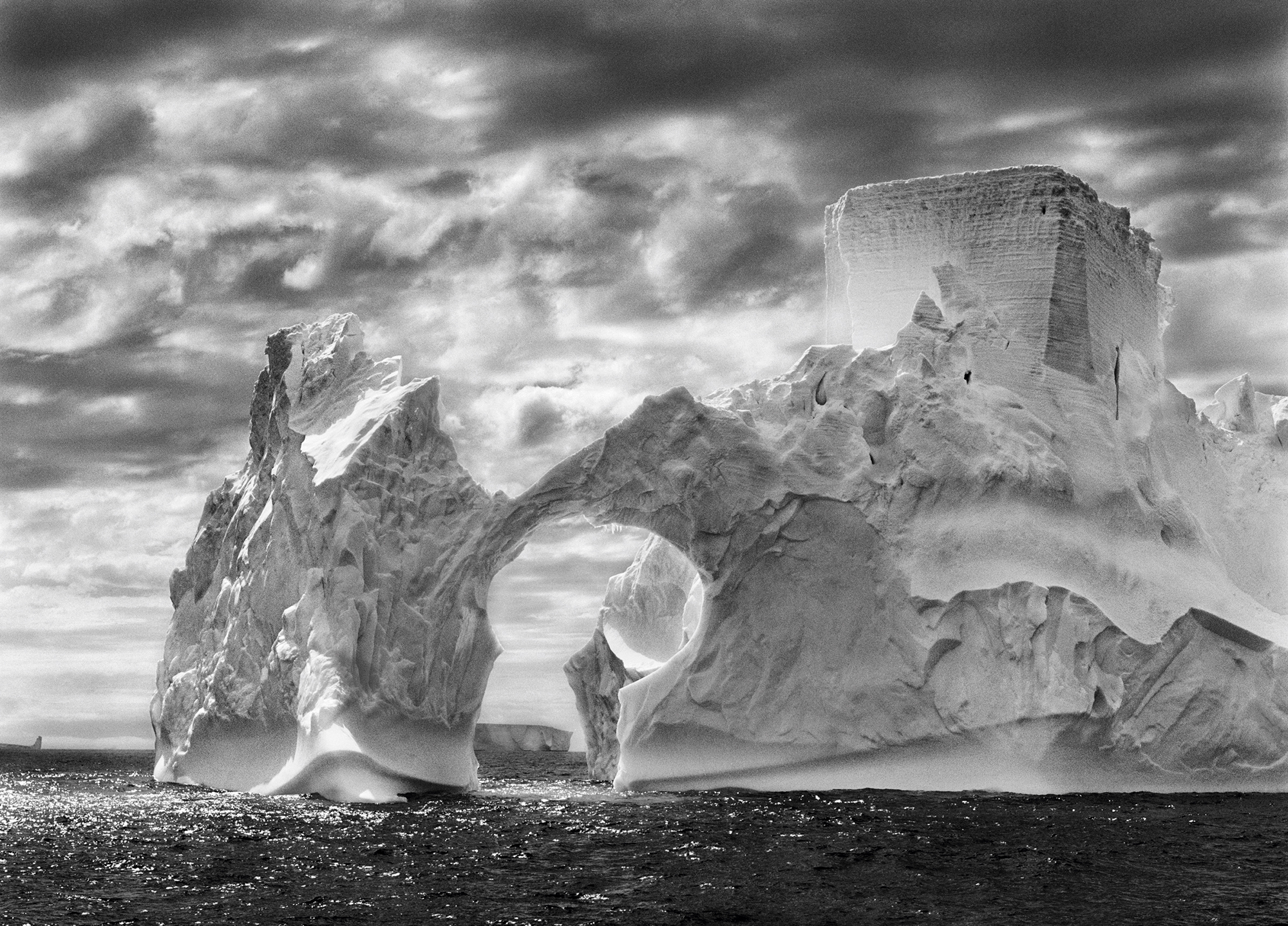
© Amazonas Images, Courtesy Peter Fetterman Gallery
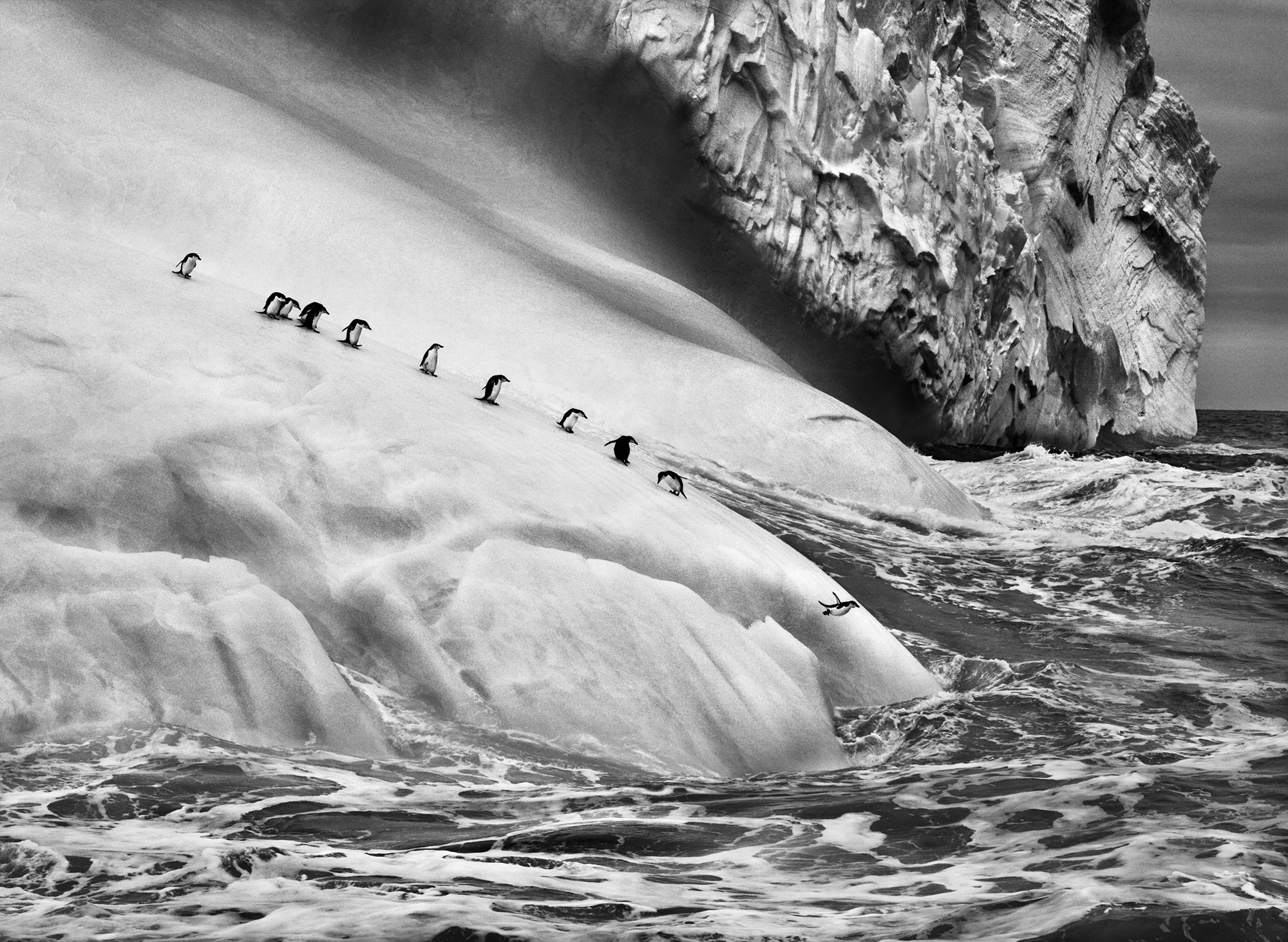
© Amazonas Images, Courtesy Peter Fetterman Gallery
Harris: Are you sure you’re not an activist?
Salgado: No, it’s not activism. This is a way of life. It’s different. It’s my life. Activists are putting people in the street. We are planting the trees. I chose the word genesis just to say we live here with the beginning of life. That is also the planting—the beginning of life.
Harris: Sebastião, was it different to photograph landscape and animals?
Salgado: You must respect people. You must respect nature. This [photograph of a giant tortoise] was one of my first pictures in Genesis. To make her portrait was at first impossible. She was afraid. In a moment, I was so tired that I put myself on my knees. When I put myself on my knees, by chance, I was at her level and it happened. I lay down. I started to work with her like this [gestures crawling, using his knees and elbows]. She came to me! And I moved back a little bit, to show her that I was respecting the territory, and she was as curious of me as I was of her. I stayed two hours with her, because she wasn’t afraid of me. It’s fantastic, our planet, and we are just a micro part of this huge life.
Harris: What did you read? Were you reading Darwin? Were you reading poetry?
Salgado: I read Darwin, absolutely. I came to start at Galápagos because Darwin finished all his trip up with the Beagle, his boat. It is here that he finalized all the research to create the theory of evolution, and I came here trying to understand what he understood. I had all the writings. I went to exactly the same place Darwin came.
Harris: So now what are you going to do? What’s next?
Salgado: Now I am working on another story. After last year, I started to do a story with the Indian movement in the Amazon. I want to do a story about the Amazon Indians and the Amazon forest, link the two.
Harris: Man and nature, and the nature of man. Is it complicated to get access?
Salgado: It is. I am working with the National Indian Foundation, the Ministry of Justice. You must get authorization to be accepted by the Indians. It’s a long preparation. Now we were in Brazil this past winter for them to get three authorizations for the next year. I go to three different tribes next year.
This interview was published in Aperture Conversations: 1985 to the Present (Aperture, 2018).

